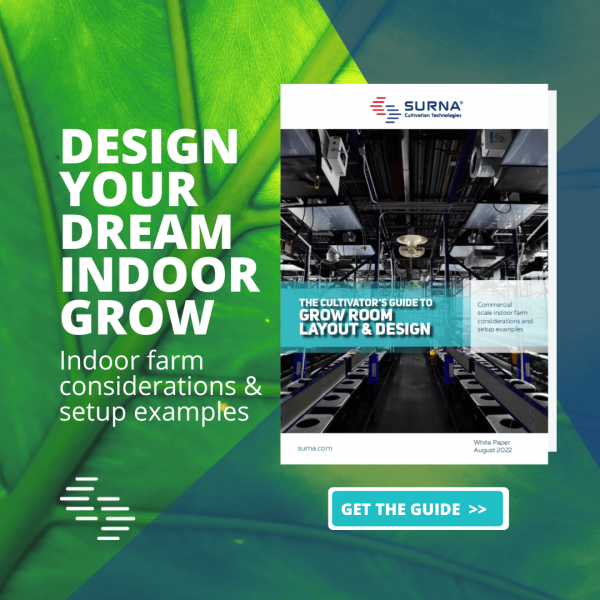According to urbandictionary.com, if you flip something you make a profit out if it. The same could be said in our industry for the term flip. There are a several good reasons to operate your grow on a “flip.” This basically means to never run all your grow rooms on the same schedule. Why is this important? To understand this, we must understand peak energy times.
How much energy you use (consumption) is not the only determination of how much you pay for electricity. In addition to Energy Charges, based on a cost per kilowatt-hour, a portion of your bill may also be determined by time of use charges, based on cost for kilowatts charged during various times of the day. You could also pay a peak demand charge—basically a tax based on the most energy you use at any given time, even if that peak use only lasts for a brief time.
Peak energy times, also known as time-of-use energy rates, is how energy companies bill its customers. Your energy bill will be higher during peak times and can be much lower during off-peak times. Shoulder times is somewhere in the middle. Peak time is usually (however, not always, so check with your local energy company), 2pm-8pm weekdays, shoulder time 7am–2pm and 8pm–10pm on weekends and off-peak is all other times. Currently, all commercial, industrial and agricultural customers in California are required to be on a time-of-use plan. California’s plan looks like this, with red being high-price periods, yellow being moderate-price periods and green being the low-price periods.
Energy efficient technologies can improve both the total energy use and peak demand of a facility. Operating schedules, on the other hand, play a critical role in minimizing peak demand over the month. Grow rooms, particularly in the flower stage, represent the largest sources of peak energy needs when factoring in lighting, cooling and ventilation. All grow room schedules should be staggered over the 24-hour period so the minimum number of rooms run concurrently. Any overlap of schedules, even for one hour or less, leads to higher spikes in peak electricity demand and higher costs. Similarly, other energy-intensive processes such as extraction, cleaning or electric heating can be staggered and scheduled carefully with lighting cycles to minimize peak power demands.
So back to operating on a flip. When operating on a flip, you will stagger your grow rooms lighting schedule. As an example, running on a 12-hour lighting cycle, you would run your lights in room one from 6:00am to 6:00 pm. Then your energy would flip to room two and those lights would run from 6:00pm to 6:00am. In this manner, you are never running full capacity at any single time.
In addition to reducing your energy consumption during peak times, and reducing your exposure to peak demand charges, there are several other cost savings benefits to operating on a flip. Your overall energy infrastructure is lower because you can share power sources between lights in opposite rooms (and sometimes mechanical systems). This allows you to run more square footage on less overall power.
With Surna’s chilled water systems, you can also share compressors between rooms without sharing air between them! This allows you to spend less on your mechanical system in general, and use less electrical infrastructure to operate it, while still isolating cultivation rooms.
So running your operation on a flip, saves on construction costs AND ongoing energy costs, which drops to your bottom line.

